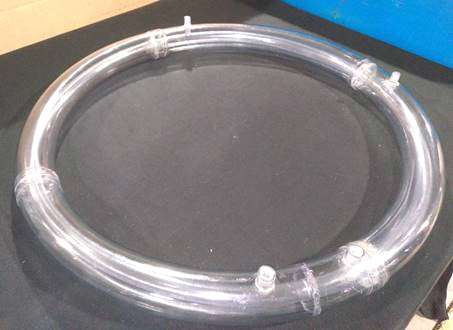Building a Flow Loop with Clear Rigid Plastic Tubing and NPT Threads
We were recently contacted by a Ph.D. student working on a multi-phase flow problem. The application called for a clear rigid tubing flow loop that would maintain a circular shape under pressure with air and water flow. The current PVC ring was not providing a smooth surface, transparency, or air/watertight functionality.
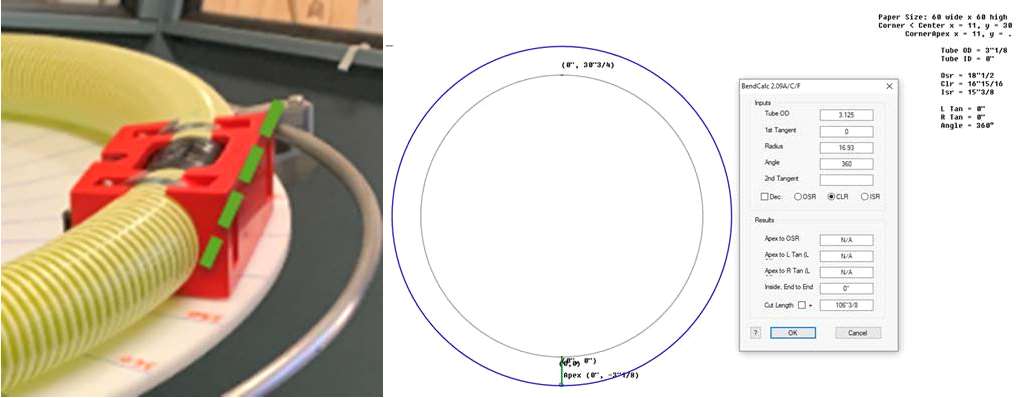
We presented examples of a few different flow loops we have recently helped bring to life, showed what the loop would look like from our tube bending software, and began to learn more about the project.


The loop needed to maintain structural integrity under 5-10 Bars of pressure (72-145 PSI) and provide unobstructed flow. We provided pressure calculations based on Barlow’s formula to hone in on the capabilities and effectiveness of our clear rigid plastic tubing. We recommended stock 3.125” OD Tenite Butyrate tubing because of the strength, clarity, and solvent welding potential.
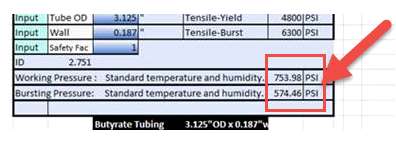
To inject fluids and conduct research inside a sealed ring, we were asked about our capabilities to machine threaded holes for conductivity, capacitance, and optical probes. A few examples of holes threaded and tapped with NPT threads were given.

We were asked about the potential for placing a sealed 1.25” OD loop inside of a larger sealed 3.125” OD/2.750 ID loop. Both rings were to have the same 16.93” center line radius…
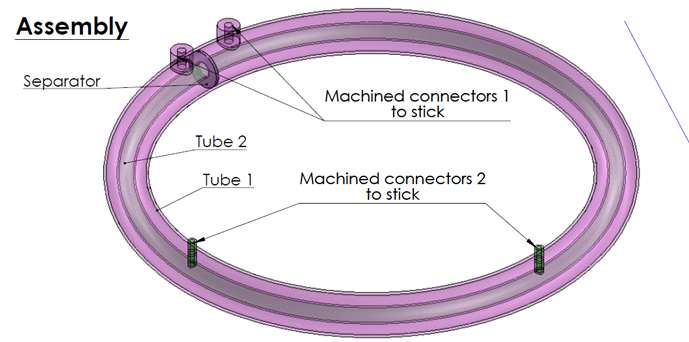
With one loop inside of another, we knew we would need to somehow center the smaller loop. We experimented and initially came up with small arms we thought would work…

With any tight radius bend, ovality is always a challenge. Since precision and limited ovality were requested, we presented the potential of a mitered ring solvent welded together in sections similar to those below.


When agreed that the larger ring could be welded together in sections as long as the smaller loop only had one weld point, we realized we would need to adjust our approach with the arms that centered the small loop inside the larger ring. We came up with flow arms, an apparatus that would support the inside ring but also allow fluid to flow through.

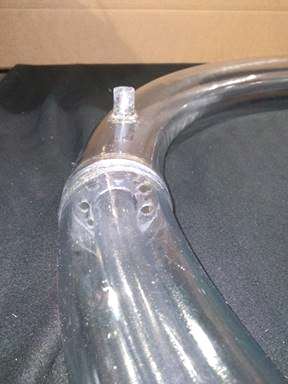
The flow arms also served as extra surface area for bonding four (4) 90 ° bends together. When solvent welding, bonding extra surface area helps add strength.
We were also tasked with adding a separator, helping compartmentalize where the fluid enters and exits the flow loop.
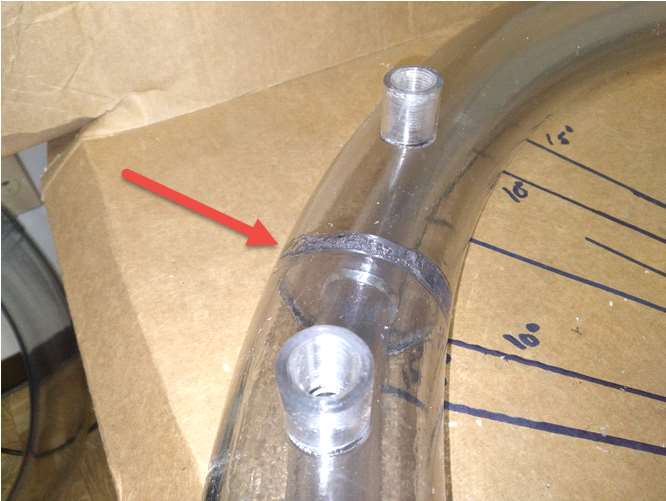
In addition to the loop inside of a loop, we were also asked to make an extra 1.250” OD and 3.125” OD ring with connectors that had NPT threads.

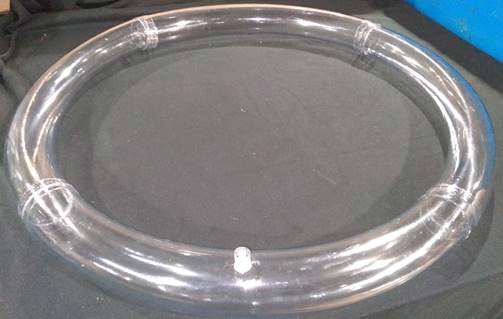
The project turned out to be extremely challenging but introduced many learning opportunities in the Busada quest to solve problems and create possibilities. Here’s to the tube bender’s equivalent to building a ship in a bottle.
